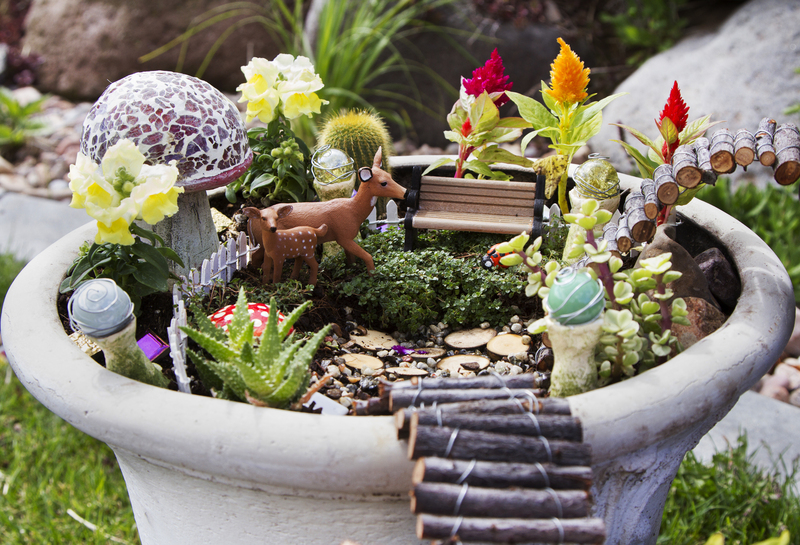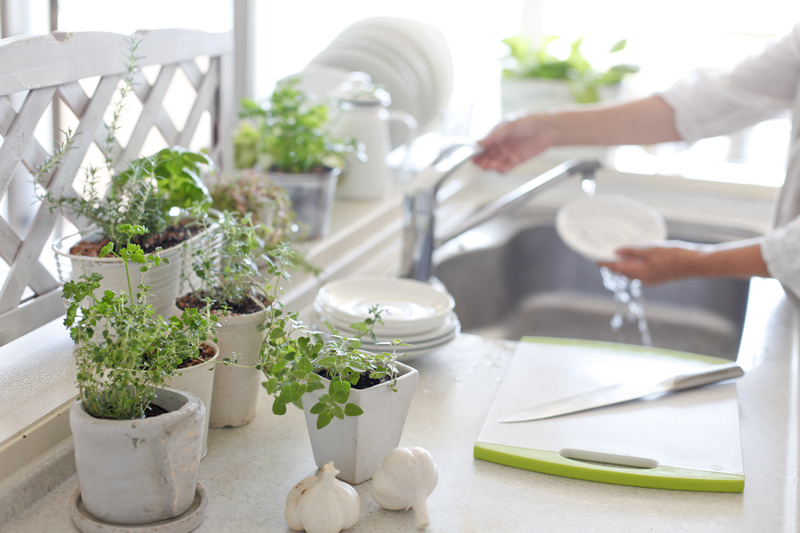Buddleias in Gardens: Charm or Challenge?
Posted on 13/11/2024
When it comes to garden aesthetics and biodiversity, few plants can compete with the visual appeal and ecological benefits of Buddleias. Known widely as the "Butterfly Bush," Buddleias have captivated gardeners and nature enthusiasts alike. However, their allure does invite a complex discussion: Are Buddleias a charm or a challenge in our gardens? This article aims to delve into both sides of the coin, exploring the botanical aspects, ecological impacts, and gardening nuances associated with this fascinating genus.
The Botanical Beauty of Buddleias
Buddleias are flowering plants belonging to the Scrophulariaceae family, which houses around 140 species. Originally native to regions of Asia, Africa, and the Americas, these deciduous shrubs flaunt a remarkable array of colors--ranging from deep purples and reds to delicate pinks and whites.
One of their most endearing qualities is their ability to attract pollinators, especially butterflies. The conical, fragrant flower clusters serve as a nectar feast, making Buddleias an ecological hotspot in your garden. Besides their ecological value, Buddleias are relatively easy to grow, resilient to variable soil types, and require minimal care once established.

Planting & Care: Ensuring Optimal Growth
Planting Buddleias is relatively straightforward, but a few key steps can make a significant difference in their growth and bloom quality. The ideal time for planting is either in spring or fall when the weather is moderate.
1. Soil and Location: These plants thrive in well-drained soil. While Buddleias can tolerate poor soil, enriching it with compost will promote healthier growth. They prefer full sun but can adapt to partial shade.
2. Watering: Newly planted Buddleias require consistent watering, but once established, they can withstand drought conditions. Overwatering can lead to root rot, so it's crucial to let the soil dry out between waterings.
3. Pruning: Buddleias can become leggy if not pruned properly. Regular pruning encourages fuller blooms and more compact growth. It's advisable to prune back hard in late winter or early spring.
4. Fertilization: Although Buddleias are not heavy feeders, a balanced fertilizer during the growing season can encourage more vigorous flowering.
The Ecological Impact: Beneficial or Problematic?
While Buddleias offer multiple ecological benefits, they also come with certain challenges. On the positive side, their flowers serve as critical feeding sites for various flying insects, including butterflies and bees, during summer. This makes them a wonderful addition for creating a pollinator-friendly garden.
However, the flip side is the invasive nature of some Buddleia species, particularly Buddleia davidii. Native to central China and Japan, this shrub has spread aggressively in regions such as North America and parts of Europe. When Buddleia davidii escapes cultivation, it can outcompete native flora, disrupting local ecosystems. The rapid seed dispersal rates and high germination success contribute to its invasiveness. Various regions have thus put regulatory measures and restrictions in place to control its spread.
Invasive Potential: Management Strategies
Managing the invasive potential of Buddleias, particularly Buddleia davidii, requires a multi-faceted approach:
1. Sterile Cultivars: Breeding programs have developed sterile or less fertile cultivars, which can mitigate the risk of uncontrolled seed spread.
2. Cutting Seed Heads: Regularly cutting off spent flower heads before they set seed can significantly reduce self-seeding. This also encourages a second bloom, extending the flowering season.
3. Containment: Planting Buddleias in containers or confined areas can help prevent them from spreading to unwanted areas. This is particularly useful for urban gardens or regions with high invasive risks.
4. Native Alternatives: Considering native or non-invasive alternatives can sometimes be a more sustainable choice. Plants like Joe-Pye Weed (Eutrochium), New England Aster (Symphyotrichum novae-angliae), and certain Verbena species can provide similar benefits without the invasive concerns.
Buddleias in Garden Design: Aesthetic Considerations
From a design perspective, Buddleias are highly versatile, fitting into various garden themes--from cottage to contemporary. Their tall, arching growth and prolific blooms make them excellent focal points in mixed borders or butterfly gardens.
1. Companion Planting: Pairing Buddleias with other perennials like Coneflowers (Echinacea), Black-eyed Susans (Rudbeckia), and Salvias can create visually dynamic and ecologically balanced gardens.
2. Color Combinations: Utilizing the wide color palette of Buddleias can complement other planting schemes. Purple and blue varieties pair beautifully with yellow or white-flowering plants, creating striking contrasts.
3. Structural Appeal: Incorporating Buddleias in garden structures like pergolas or trellises adds vertical interest and maximizes space usage.

The Final Verdict: Charm or Challenge?
So, are Buddleias a charm or a challenge in the garden? The answer largely depends on the species, the region, and the gardener's willingness to manage potential invasiveness. While their ecological benefits and aesthetic appeal are undeniable, responsible gardening practices are key to minimizing environmental risks.
In regions where Buddleia species are non-invasive, they can be a charming addition, offering vibrant blooms and supporting local biodiversity. In areas where certain species pose a threat, opting for sterile cultivars or native alternatives becomes essential.
Ultimately, understanding and addressing both the charms and challenges of Buddleias can help gardeners make informed choices, ensuring beautiful, sustainable, and ecologically beneficial gardens.
Conclusion
Buddleias stand as a testament to the intricate balance between cultivation and conservation. Their charm lies not just in their beauty but also in their ability to support vibrant ecosystems. However, this charm should not overshadow the challenges they can present, particularly in terms of invasiveness. By adopting sustainable gardening practices, there is a harmonious way to enjoy Buddleias' allure while safeguarding our natural habitats. Whether they're a charming touch to enhance your garden's aesthetics or a carefully managed species to support local fauna, Buddleias undoubtedly bring a blend of beauty and responsibility to gardening.




